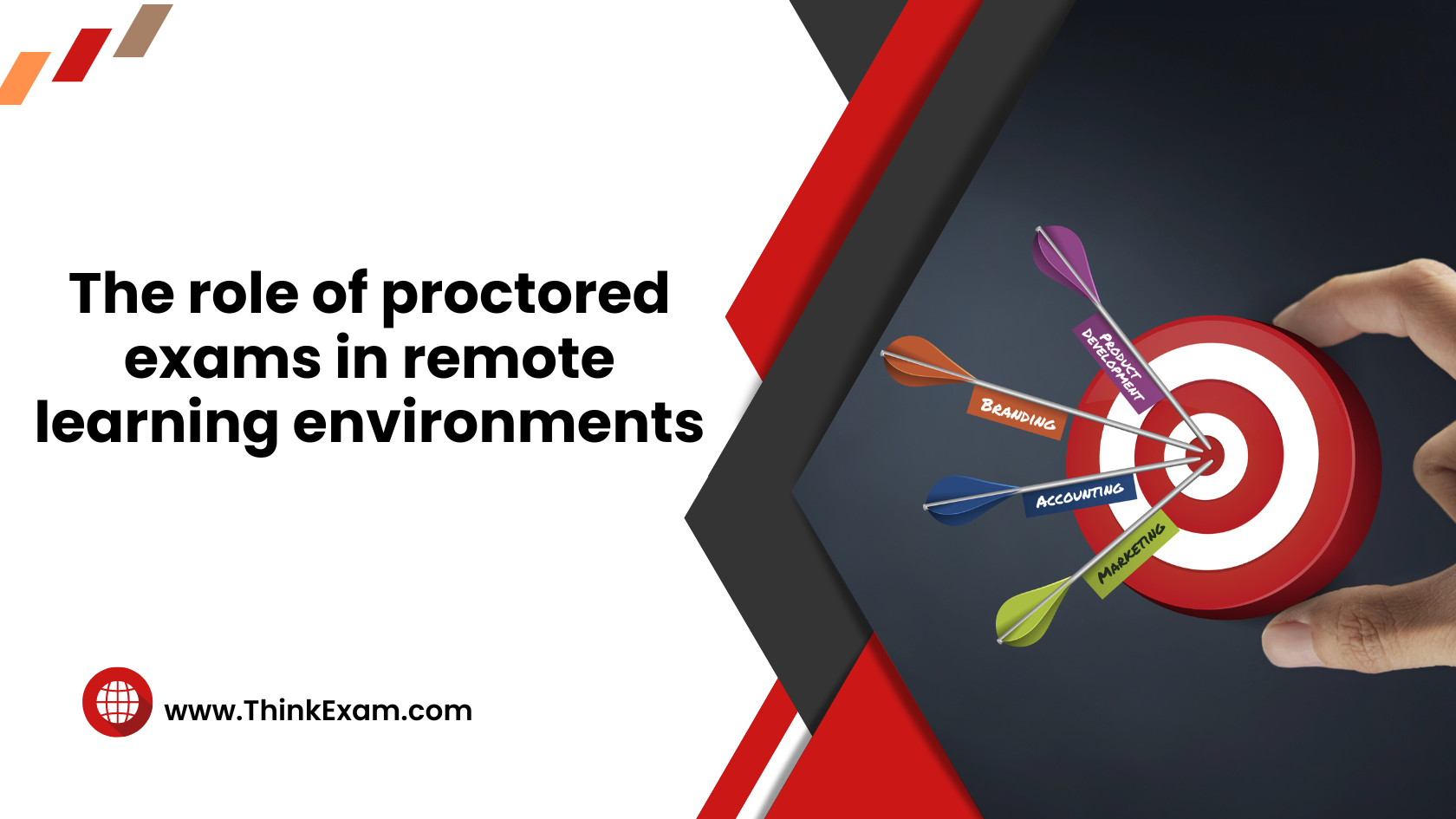The COVID-19 pandemic has accelerated the adoption of remote studying through educational institutions and professional groups globally. While online training offers flexibility and accessibility, it additionally presents challenging situations in keeping academic integrity and ensuring fair assessment practices. This is why proctored assessments have emerged as an essential issue, leveraging generations to uphold the credibility of a long way of studying environments.
The importance of academic integrity in remote learning
Academic integrity is a critical pillar of any educational system, and it will become even more important in remote learning. Without the right measures in the area, the chance of cheating or other misconduct will boom drastically. Proctored tests provide a sturdy approach to this task, ensuring that tests are done under secure and monitored situations, even supposing university students are not physically present in a conventional exam centre.
The role of remote proctoring in ensuring exam integrity
Remote proctoring, also known as online proctoring, is a technique that permits some remote monitoring and verification of examination-taking processes. Through a combination of advanced software applications, video surveillance, and human proctors, remote proctoring systems aim to copy the security and oversight of a physical testing environment but in a virtual setting.
Advantages of remote proctoring systems
- Increased accessibility and convenience
One of the primary advantages of remote proctoring is its capability to provide college students with greater accessibility. With proctored exams administered online, beginners can take tests from the comfort of their private environments, putting off the need for excursions and reducing logistical barriers.
- Scalability and cost-effectiveness
Traditional proctoring may be logistically tough, especially for big-scale assessments. Remote proctoring systems offer a scalable and charge-effective answer, allowing establishments to manipulate tests to a global target audience without bearing the cost of organising in centres.
- 3. Enhanced security measures
Advanced remote proctoring systems employ state-of-the-art safety features to maintain the integrity of tests. These may additionally encompass biometric authentication, browser lockdown, and real-time monitoring of the testing surroundings via webcams and display-sharing options. Such measures help save you from unauthorised activities, impersonation, use of external resources, or collusion with others.
- Detailed reporting and analytics
Remote proctoring systems regularly provide unique reporting and analytics competencies, allowing instructors and administrators to check examination intervals, identify capability irregularities, and gain valuable insights into candidates’ behaviour and overall performance. These records can predict evaluation strategies and continuous development efforts.
Implementing effective remote proctoring practices
While remote proctoring provides key advantages, planning ahead and adhering to best practices is imperative. Key issues include:
- Clear communication and guidelines
Institutions ought to offer clear and proper suggestions to college students regarding the remote proctoring approach, which includes technical necessities, appropriate behaviour, and consequences for violations. Clear communication sets expectations and ensures a smooth process for all events that may seem stressful.
- Privacy and data security
Addressing privacy and information security concerns is vital whilst imposing remote proctoring systems. Institutions must ensure compliance with relevant regulations, gain permission from college students, and implement sturdy facts and protection measures to shield important data.
- Technical support and training
Students and colleges ought to gain enough technical resources and training on the remote proctoring platform. This includes familiarising with the software programmes and accessing tools to ensure a continuing technical experience.
- Accessibility and accommodations
Remote proctoring solutions need to be designed with accessibility in mind, catering to the wishes of students with disabilities or unique requirements. Institutions must have approaches to provide suitable resorts and ensure an inclusive testing environment for all students.
- Continuous evaluation and improvement
As with any new technology implementation, it’s vital to test the effectiveness and impact of remote proctoring systems constantly. Gathering stakeholder remarks, analysing standard performance facts, and making essential adjustments can optimise the approach and ensure it aligns with the need for educational integrity.
Conclusion
As virtual tests and examinations continue to gain traction globally, the adoption of proctored exams and remote proctoring systems has resulted in a desire to maintain educational integrity and ensure proper checks. By leveraging advanced technologies and enforcing sturdy proctoring practices, educational institutions and professional corporations can uphold the credibility of their distant study applications while imparting accelerated accessibility and convenience to university students. However, it’s important to strike a balance between security features and moral troubles, collectively with privacy and inclusivity. By embracing remote proctoring as an essential component of distant studying environments, the educational panorama can adapt to the evolving desires of beginners whilst keeping the integrity of tests intact.

